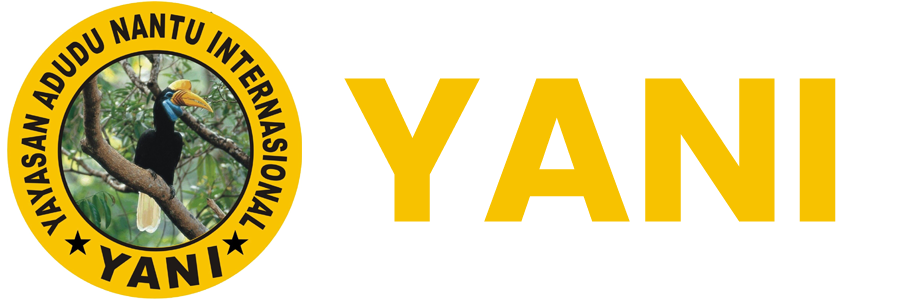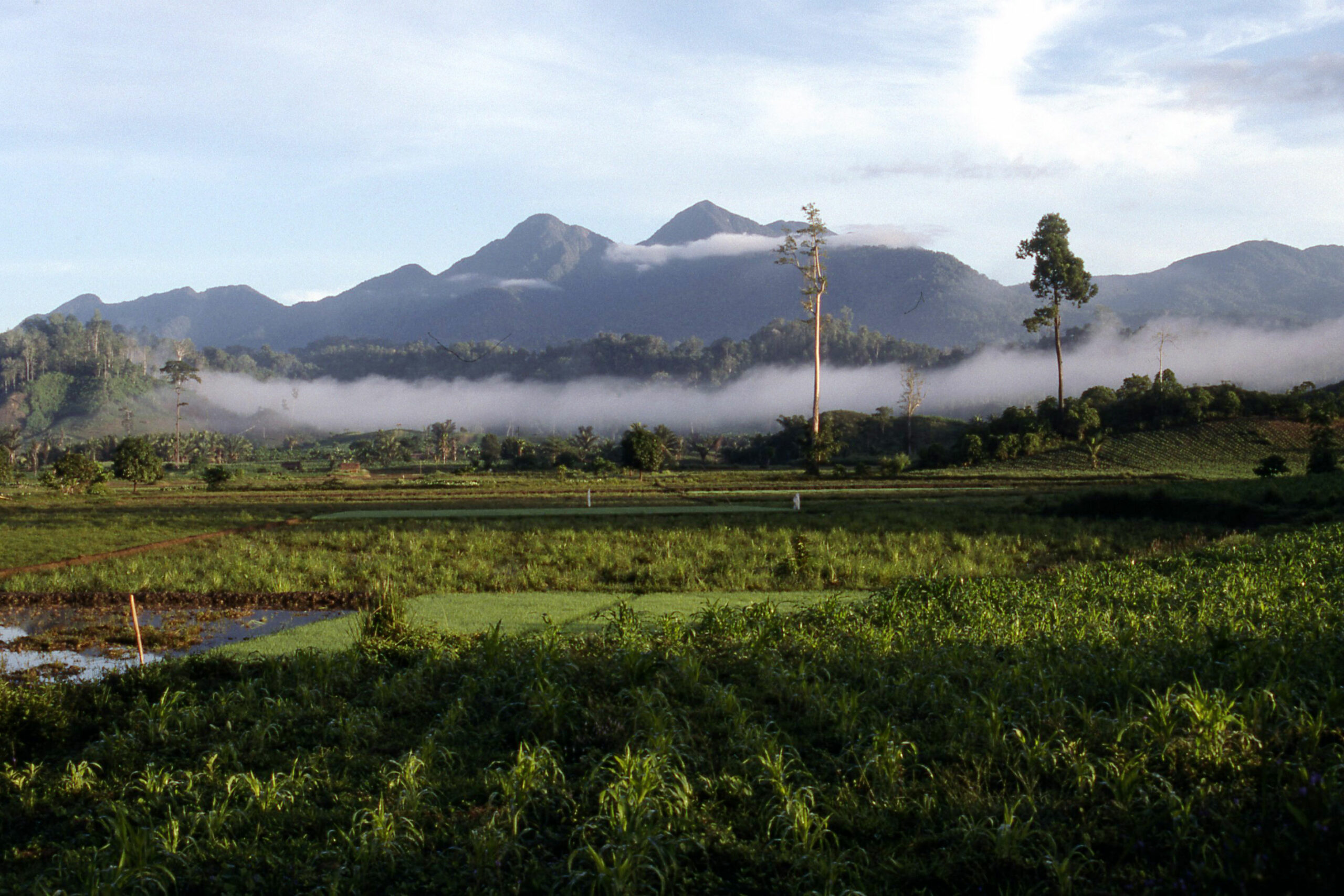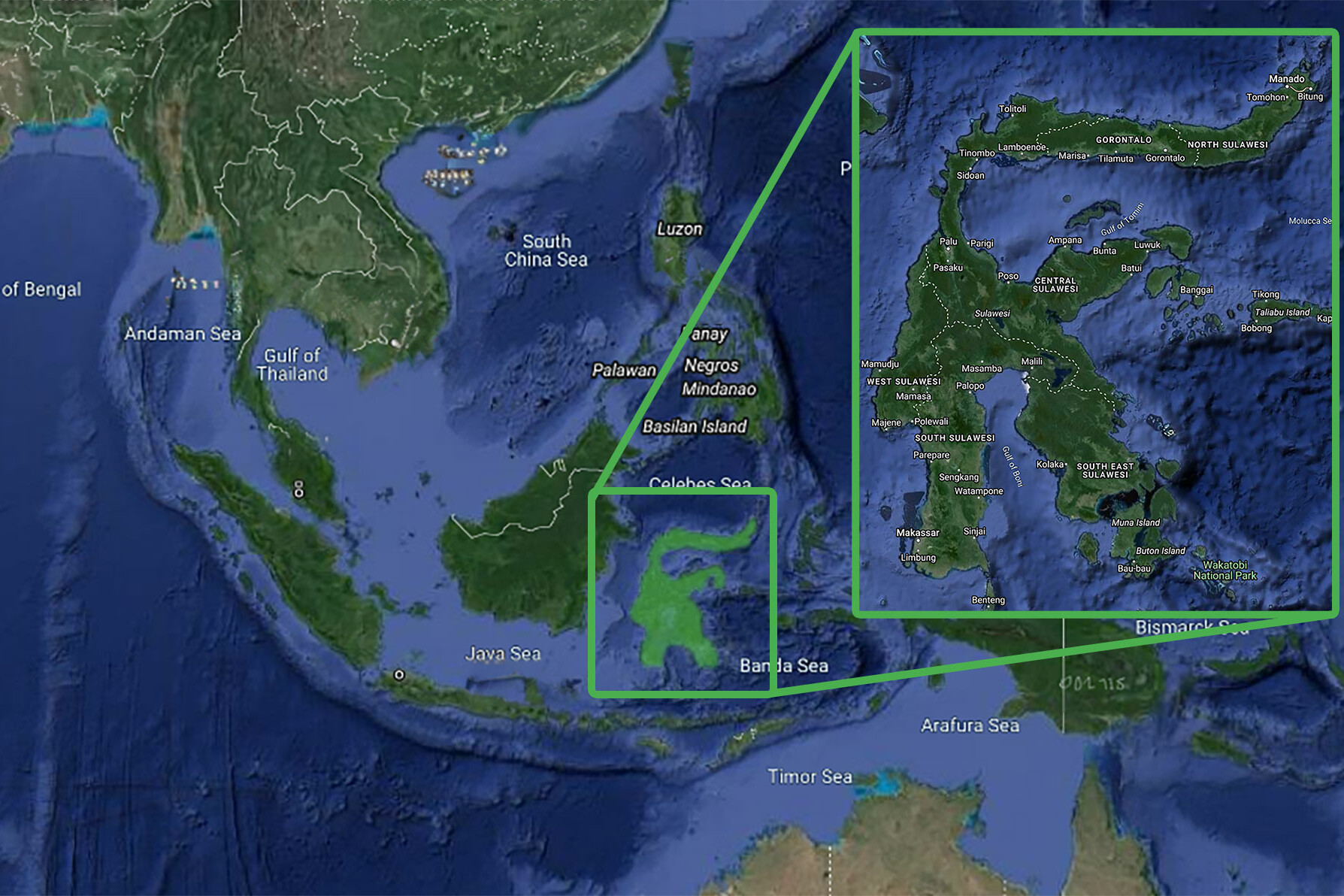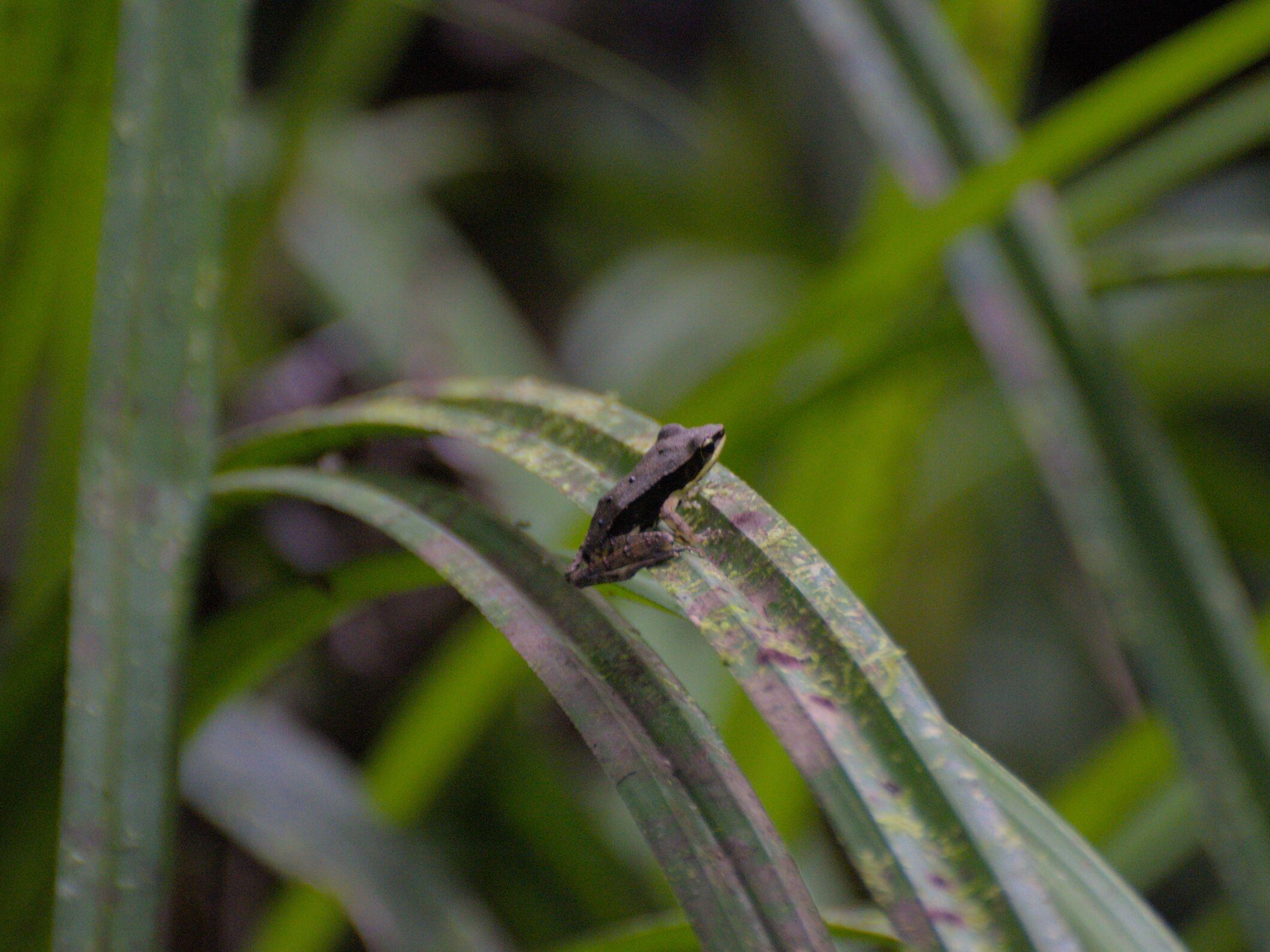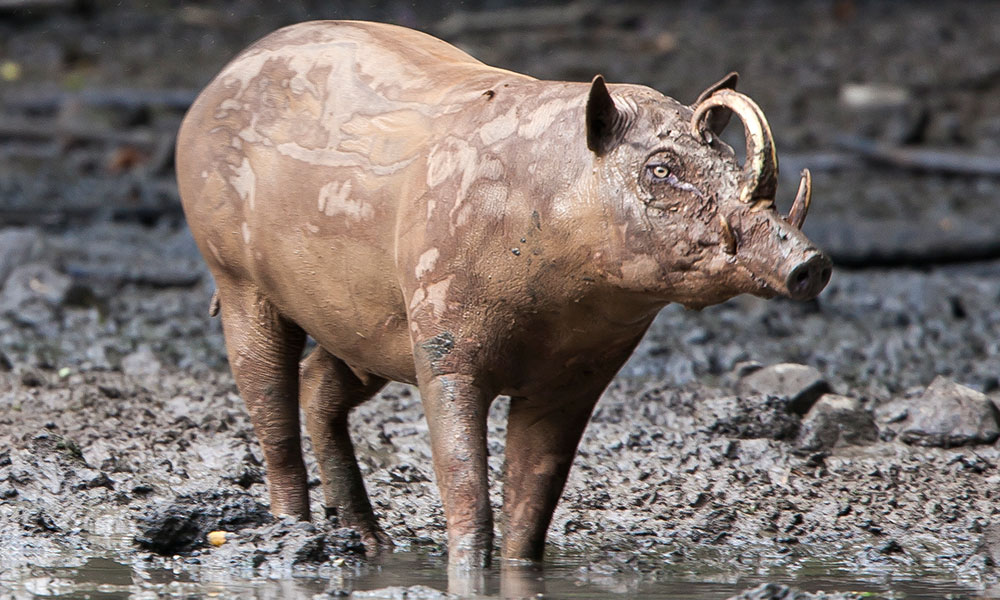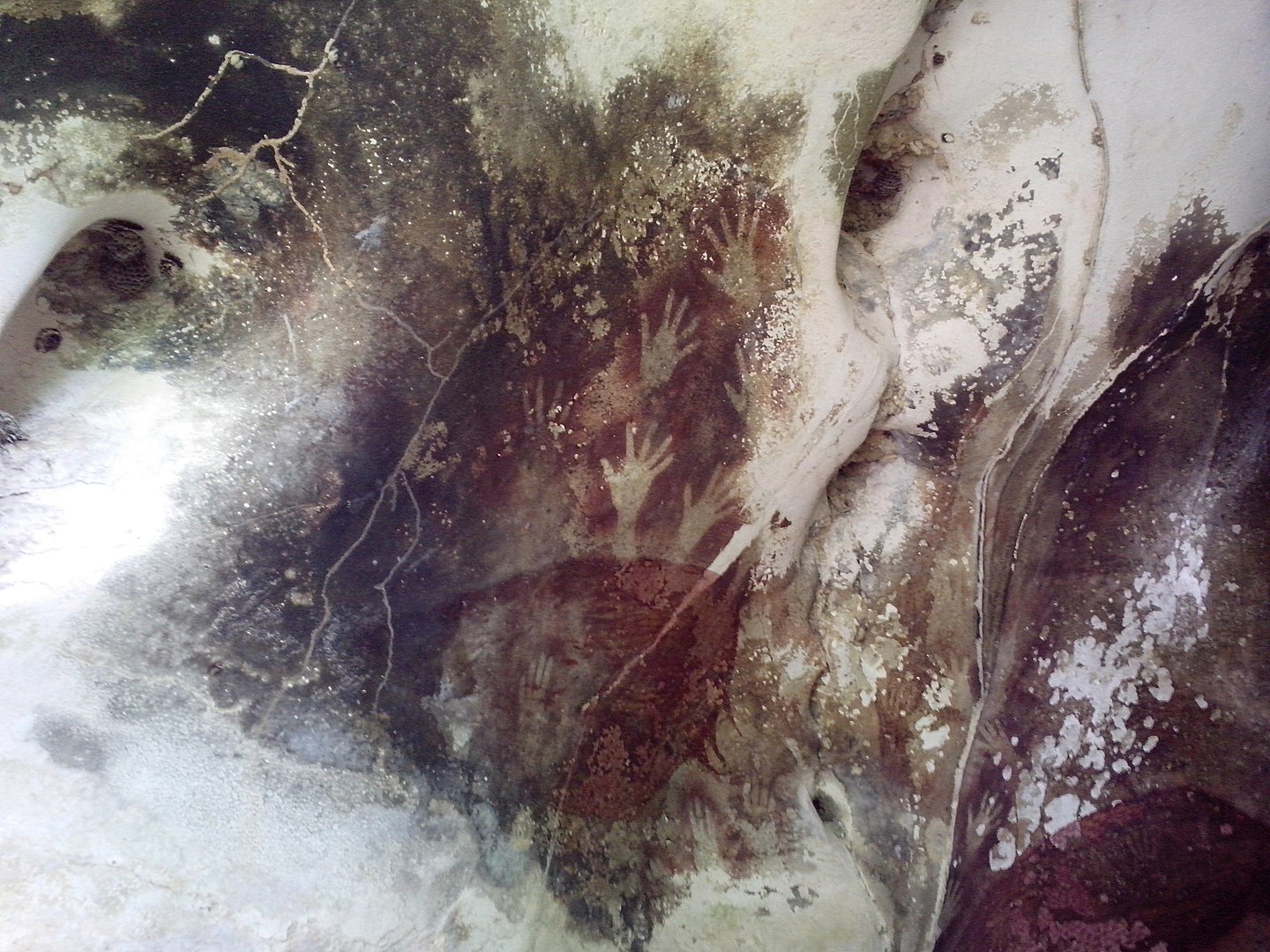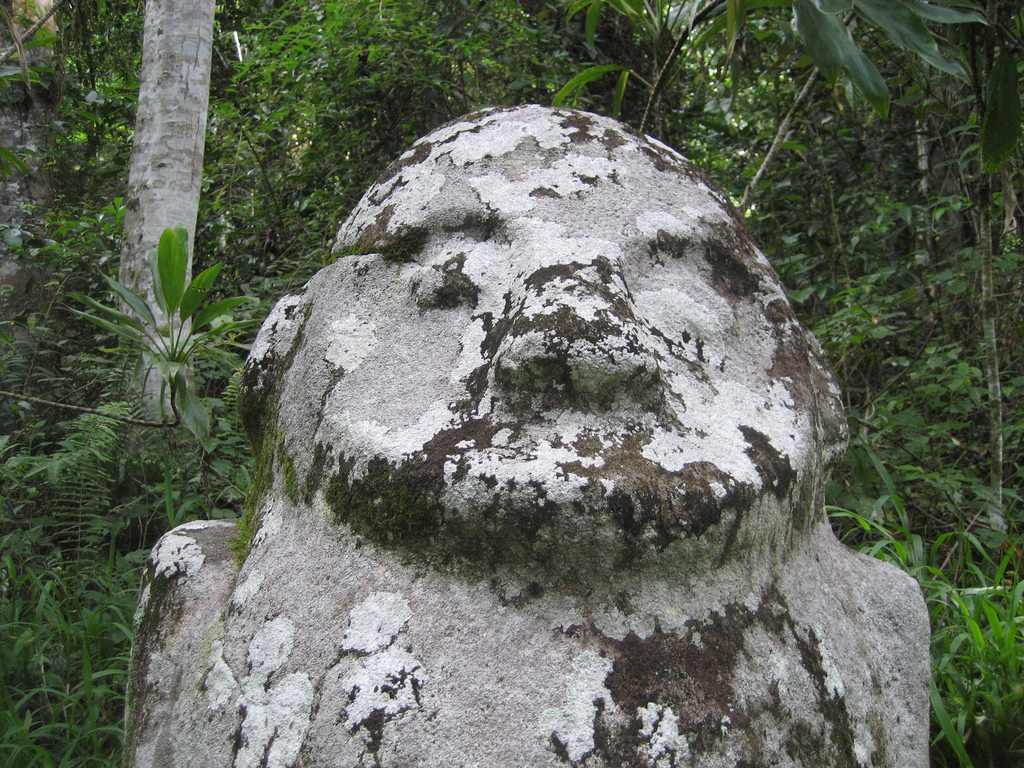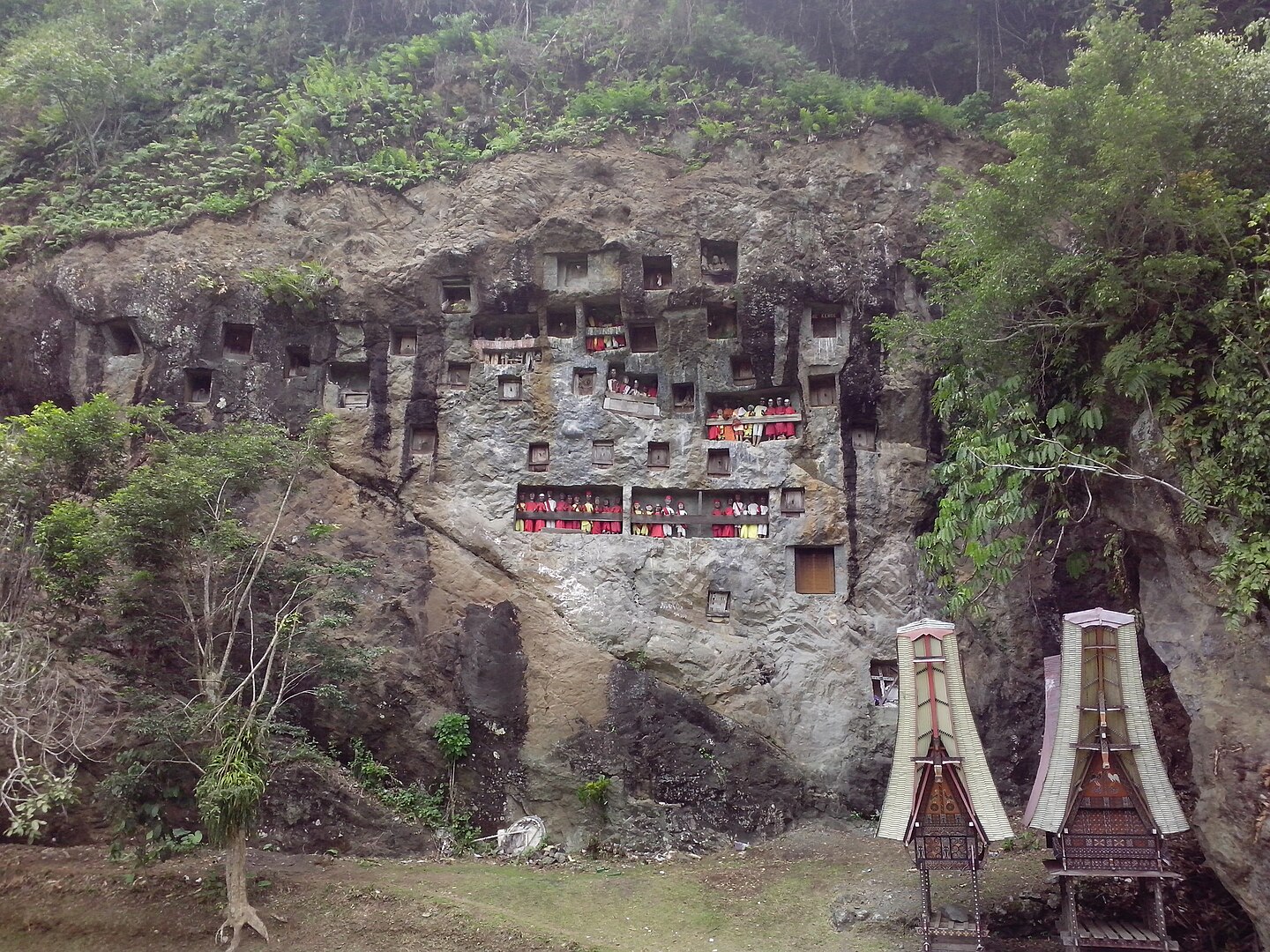Indonesia, the world’s largest archipelago, is the world’s second most mega-biodiverse country.
Indonesia comprises 13,667 islands with a total land area of 1905 million square kilometres, and stretches 5000 kilometres along the equator. It is a country of extraordinary beauty and enormous natural diversity. It covers just 1.3 per cent of the world’s land surface yet 10% of the world’s plant species, 12% of the world’s mammal species, 16% of the world’s reptile and amphibian species and 17% of the world’s bird species are found within its boundaries.
Indonesia, the world’s largest archipelago, is the world’s second most mega-biodiverse country.
Indonesia comprises 13,667 islands with a total land area of 1905 million square kilometres, and stretches 5000 kilometres along the equator. It is a country of extraordinary beauty and enormous natural diversity. It covers just 1.3 per cent of the world’s land surface yet 10% of the world’s plant species, 12% of the world’s mammal species, 16% of the world’s reptile and amphibian species and 17% of the world’s bird species are found within its boundaries.
photo: Blake Dyer
photo: Blake Dyer
Sulawesi is Indonesia’s fourth largest island, covering 174,600 km 2 and lying to the east of Borneo. Sulawesi is a global hotspot for biodiversity, with extraordinary high levels of endemism (found nowhere else on earth except Sulawesi): 62% of its mammals are endemic, a percentage which rises to 98% if bats are excluded. It lies at the heart of the bio-geographic region known as Wallacea. This is the transitional zone between the Asian and Australasian faunas, first identified by explorer Alfred Russel Wallace, contemporary of Charles Darwin. Wallacea is neither entirely Asian nor Australasian, nor is it simply a mixture of the two but rather it contains many creatures which are not found in either Asia or Australia. This means protecting these species and their natural habitats is of the very highest priority, given most are found nowhere else on the planet except Sulawesi.
“It is yet wonderfully rich in peculiar forms…many of which are unique upon the Earth.”(A.R. Wallace, 1869)
Sulawesi is the largest island of Wallacea, a biogeographical region in Indonesia located between Asia and Australia.
Wallacea’s location results in a unique mix of flora and fauna from both continents, creating a distinctive ecological zone. Named after Alfred Russel Wallace, who recognized its biological significance in the 19th century. He sailed the archipelago between 1854 and 1862 when he collected 125.000 specimens of which more than a thousand turned out to be new species to science.
photo: Blake Dyer
62% of Sulawesi’s mammals and 34% of its bird species can only be found here and nowhere else on Earth.
Sulawesi is a biodiversity hotspot characterized by a high level of endemism, with roughly half of the species found exclusively in this region and not on the neighboring continents. The dense forested areas contribute significantly to the large number of endemic species, underscoring Indonesia’s rich biodiversity. One of the most biodiverse and well-preserved forests on Sulawesi is the Nantu Forest. Learn more about this remarkable ecosystem.
The vibrant mosaic of cultures underscores Sulawesi's historical significance and rich cultural heritage.
Sulawesi’s cultural diversity is best illustrated by the great variety of languages spoken. No less than 114 different languages are present on the island. The different languages reflect the cultural diversity that has evolved on the island. Sulawesi used to be the home of many small kingdoms, including the area around Gorontalo. Beyond linguistic diversity, Sulawesi is also home to numerous indigenous groups, such as the Toraja, Minahasa, and Bugis, each with their unique traditions and customs.
The vibrant mosaic of cultures underscores Sulawesi's historical significance and rich cultural heritage.
Sulawesi’s cultural diversity is best illustrated by the great variety of languages spoken. No less than 114 different languages are present on the island. The different languages reflect the cultural diversity that has evolved on the island. Sulawesi used to be the home of many small kingdoms, including the area around Gorontalo. Beyond linguistic diversity, Sulawesi is also home to numerous indigenous groups, such as the Toraja, Minahasa, and Bugis, each with their unique traditions and customs.
photo: Blake Dyer
Sulawesi triggered Wallace in particular when he tried to explain the different life forms he encountered during his voyage.
Alfred Russel Wallace is particularly known for the book he wrote on his journey in the region, The Malay Archipelago, and his correspondence with Charles Darwin. In his famous letter to Darwin, send in February 1858, he described the theory of evolution, without actually mentioning it as such. This letter forced Darwin to finish his book named ‘On the Origin of Species’ in 1859.
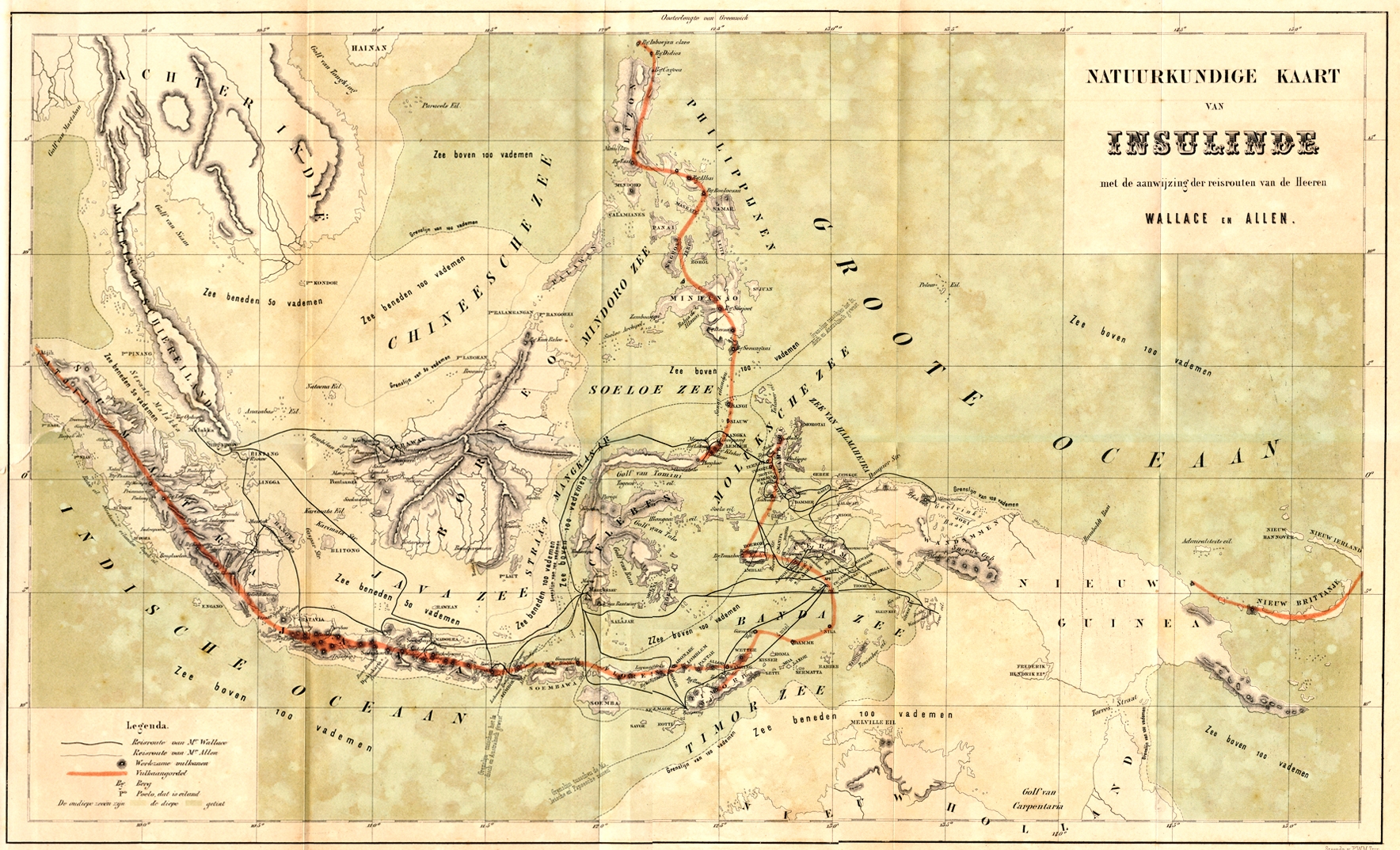
A map from The Malay Archipelago shows the physical geography of the archipelago and Wallace’s travels around the area. The thin black lines indicate where Wallace travelled; the red lines indicate chains of volcanoes.

Alfred Russel Wallace, co-discoverer of the theory of natural selection.
